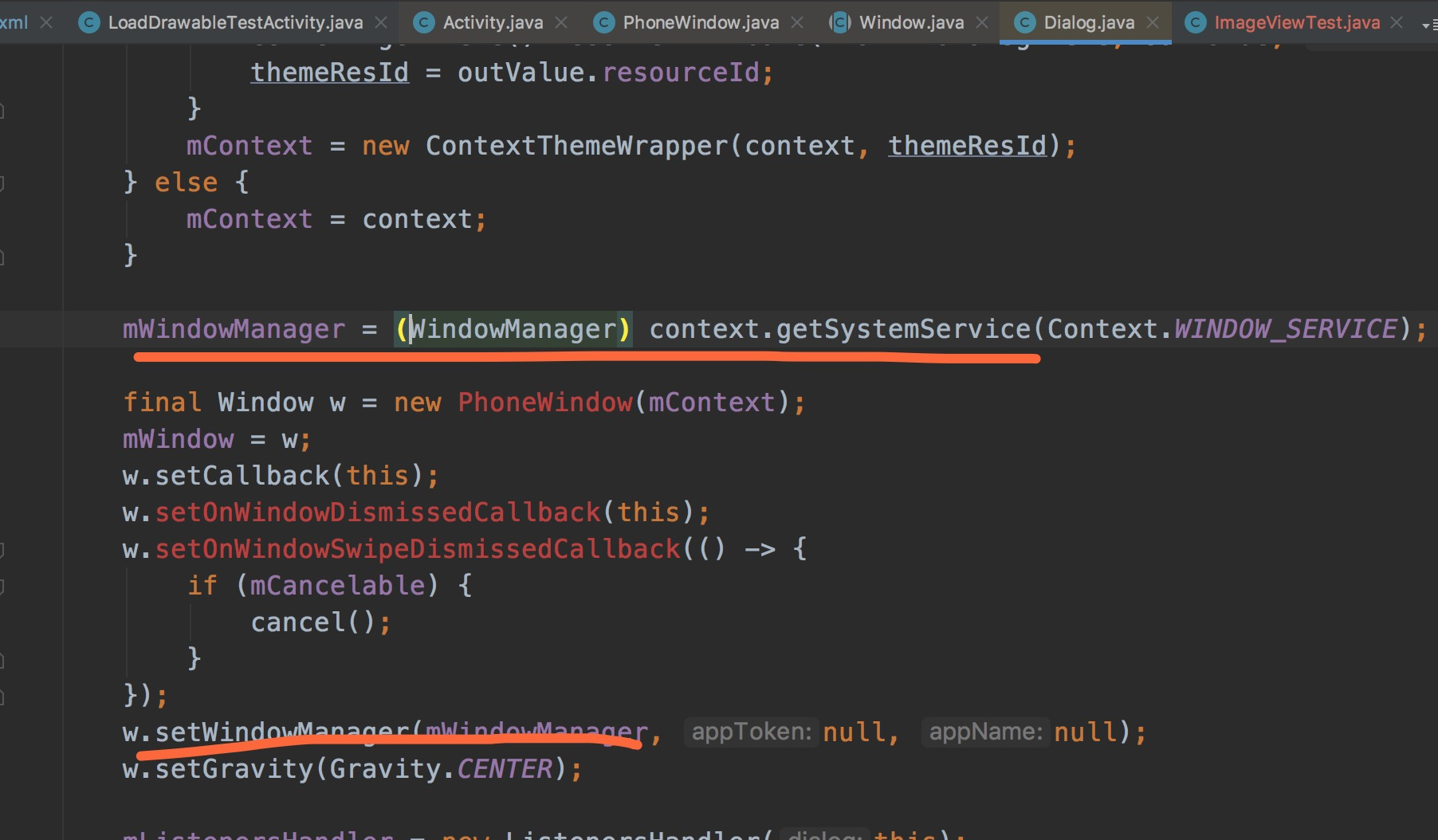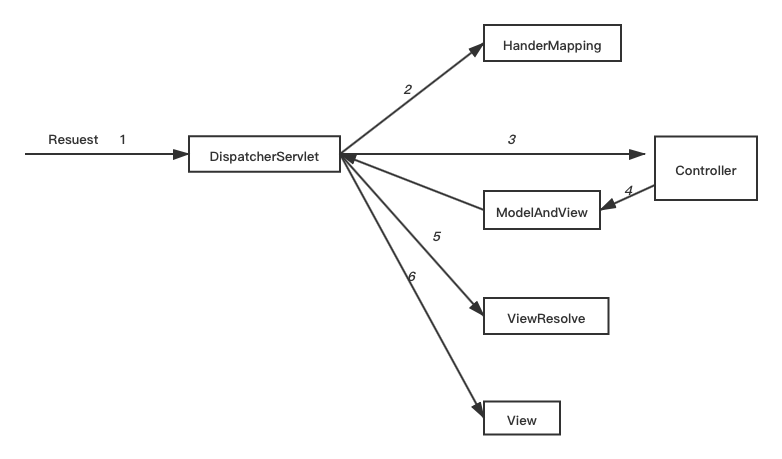I am trying to determine the midpoint between to locations in an MKMapView. I am following the method outlined here (and here) and rewrote it in Objective-C, but the map is being centered somewhere northeast of Baffin Island, which is no where near the two points.
My method based on the java method linked above:
+(CLLocationCoordinate2D)findCenterPoint:(CLLocationCoordinate2D)_lo1 :(CLLocationCoordinate2D)_loc2 {
CLLocationCoordinate2D center;
double lon1 = _lo1.longitude * M_PI / 180;
double lon2 = _loc2.longitude * M_PI / 100;
double lat1 = _lo1.latitude * M_PI / 180;
double lat2 = _loc2.latitude * M_PI / 100;
double dLon = lon2 - lon1;
double x = cos(lat2) * cos(dLon);
double y = cos(lat2) * sin(dLon);
double lat3 = atan2( sin(lat1) + sin(lat2), sqrt((cos(lat1) + x) * (cos(lat1) + x) + y * y) );
double lon3 = lon1 + atan2(y, cos(lat1) + x);
center.latitude = lat3 * 180 / M_PI;
center.longitude = lon3 * 180 / M_PI;
return center;
}
The 2 parameters have the following data:
_loc1:
latitude = 45.4959839
longitude = -73.67826455
_loc2:
latitude = 45.482889
longitude = -73.57522299
The above are correctly place on the map (in and around Montreal). I am trying to center the map in the midpoint between the 2, yet my method return the following:
latitude = 65.29055
longitude = -82.55425
which somewhere in the arctic, when it should be around 500 miles south.
Just a hunch, but I noticed your lon2 and lat2 variables are being computed with M_PI/100 and not M_PI/180.
double lon1 = _lo1.longitude * M_PI / 180;
double lon2 = _loc2.longitude * M_PI / 100;
double lat1 = _lo1.latitude * M_PI / 180;
double lat2 = _loc2.latitude * M_PI / 100;
Changing those to 180 might help you out a bit.
In case someone need code in Swift, I have written library function in Swift to calculate the midpoint between MULTIPLE coordinates:
// /** Degrees to Radian **/
class func degreeToRadian(angle:CLLocationDegrees) -> CGFloat {
return ( (CGFloat(angle)) / 180.0 * CGFloat(M_PI) )
}
// /** Radians to Degrees **/
class func radianToDegree(radian:CGFloat) -> CLLocationDegrees {
return CLLocationDegrees( radian * CGFloat(180.0 / M_PI) )
}
class func middlePointOfListMarkers(listCoords: [CLLocationCoordinate2D]) -> CLLocationCoordinate2D {
var x = 0.0 as CGFloat
var y = 0.0 as CGFloat
var z = 0.0 as CGFloat
for coordinate in listCoords{
var lat:CGFloat = degreeToRadian(coordinate.latitude)
var lon:CGFloat = degreeToRadian(coordinate.longitude)
x = x + cos(lat) * cos(lon)
y = y + cos(lat) * sin(lon)
z = z + sin(lat)
}
x = x/CGFloat(listCoords.count)
y = y/CGFloat(listCoords.count)
z = z/CGFloat(listCoords.count)
var resultLon: CGFloat = atan2(y, x)
var resultHyp: CGFloat = sqrt(x*x+y*y)
var resultLat:CGFloat = atan2(z, resultHyp)
var newLat = radianToDegree(resultLat)
var newLon = radianToDegree(resultLon)
var result:CLLocationCoordinate2D = CLLocationCoordinate2D(latitude: newLat, longitude: newLon)
return result
}
Detailed answer can be found here
For swift users, corrected variant as @dinjas suggest
import Foundation
import MapKit
extension CLLocationCoordinate2D {
// MARK: CLLocationCoordinate2D+MidPoint
func middleLocationWith(location:CLLocationCoordinate2D) -> CLLocationCoordinate2D {
let lon1 = longitude * M_PI / 180
let lon2 = location.longitude * M_PI / 180
let lat1 = latitude * M_PI / 180
let lat2 = location.latitude * M_PI / 180
let dLon = lon2 - lon1
let x = cos(lat2) * cos(dLon)
let y = cos(lat2) * sin(dLon)
let lat3 = atan2( sin(lat1) + sin(lat2), sqrt((cos(lat1) + x) * (cos(lat1) + x) + y * y) )
let lon3 = lon1 + atan2(y, cos(lat1) + x)
let center:CLLocationCoordinate2D = CLLocationCoordinate2DMake(lat3 * 180 / M_PI, lon3 * 180 / M_PI)
return center
}
}
It's important to say that the formula the OP used to calculate geographic midpoint is based on this formula which explains the cos/sin/sqrt calculation.
This formula will give you the geographic midpoint for any long distance including the four quarters and the prime meridian.
But, if your calculation is for short-range around 1 Kilometer, using a simple average will produce the same midpoint results.
i.e:
let firstPoint = CLLocation(....)
let secondPoint = CLLocation(....)
let midPointLat = (firstPoint.coordinate.latitude + secondPoint.coordinate.latitude) / 2
let midPointLong = (firstPoint.coordinate.longitude + secondPoint.coordinate.longitude) / 2
You can actually use it for 10km but expect a deviation - if you only need an estimation for a short range midpoint with a fast solution it will be sufficient.
I think you are over thinking it a bit. Just do:
float lon3 = ((lon1 + lon2) / 2)
float lat3 = ((lat1 + lat2) / 2)
lat3 and lon3 will be the center point.





